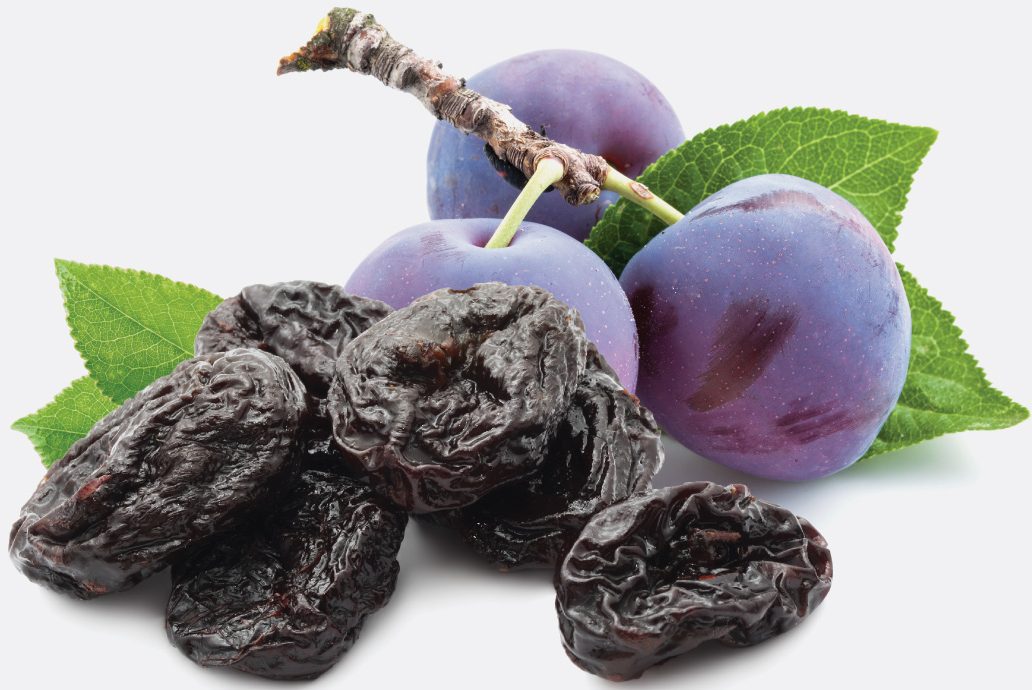Passover 1975. It seemed like a good idea. I’d introduce the subject of prayer to my religious school class at my local synagogue (Temple Beth Tikvah in Fullerton, CA) by asking my eager, precocious teenagers to write a telegram to G-d. I expected thank you’s and gimme’s. Imagine my reaction to this:
“Dear G-d stop please send prunes stop this matzah is killing me!”
I’ve never looked at a board of matzah since (nor a prune, for that matter) without thinking of Michael Porter (of blessed memory).
After the Seders fade into beautiful memory, the remaining additional matzah-filled days of Passover would loom before us as arid as the Sinai Desert itself if not for the creativity of Jewish cooks throughout the ages who have transformed that barren board into thousands of delicious permutations to delight Jewish households.
My friend Elaine Asa, wife of Temple Beth Tikvah’s Rabbi Emeritus Haim Asa, developed a Passover spinach lasagna years ago when three of her four children became vegetarians. “For years I served a vegetarian Seder, much to the chagrin of other guests who hungered for meat. I just had to get creative. Now that the children are far away, we’re back to brisket every year, and we just dig in!” These days Elaine saves this layered dish for a dairy lunch during the week.
I just received a gorgeous new cookbook by Janna Gur, founder and chief editor of Al Hashulchan (“On the Table”), a leading Israeli food and wine magazine. “The Book of New Israeli Food” (Schocken Books) is an outstanding collection of the diverse cuisine of Israel, and although I will be interviewing her later this week for a future story, I couldn’t help but take a preview peek at her offerings for Passover.
Mina was created by Balkan Jews, Gur writes, who customarily serve a rich, savory pastry on holidays and special occasions. This Passover dish replaces the traditional bourekas for the holiday and is prepared as you would a quiche or pie with matzah as the crust. And yes, it can be prepared ahead and reheated.
Of course, we can’t talk about cooking for Passover without mentioning Susie Fishbein’s “Passover by Design” (Artscroll), with over 130 Passover-adjusted recipes, plus 30 brand-new ones, and the leap-off-the-page, glorious photos and clever décor ideas we have come to expect from this wildly popular author of the Kosher by Design series.
“Passover by Design” contains many of the recipes we love in Fishbein’s previous books, conveniently reformulated for the holiday, plus some enticing additions, including Teriyaki Chicken Satés, Beef Roulade on Creamy Parsnips, Sliced Beef with Shiitakes and Cherry Brandy Sauce, Steamed Sea Bass in Savoy Cabbage, Cranberry Chicken, Quinoa Timbales with Grapefruit Vinaigrette and Chocolate Chip Cheesecake.
The dazzling photos by world-class photographer John Uher inspire rather than intimidate. These are very showy menus, but everything in the book is doable. “The recipes and serving ideas require a minimum of fuss to achieve the maximum esthetic impact,” said Fishbein by phone from her home in New Jersey.
Celebrating Passover with her large, lively family brings back vivid memories, she recalled. “It was just a frenzy, people of all ages celebrating together. The women tended to live into their nineties. That was always so beautiful, so many generations sitting at the table. There were so many people, so much to do. It was just a really happy, busy time.”
Fishbein was raised in an Orthodox family, so the Jewish holidays were “a very big deal,” she said. “My father’s sister and my mother are best friends. We always spent Pesach at her house in Queens or at my house in Oceanside (Long Island). Her family would pull up, open up the trunk, and there would be this stack of aluminum foil tins, a sea of aluminum foil.”
Everyone would join in the preparations. “My grandma would be standing there flipping out chremslach, because ten minutes shouldn’t go by without her feeding us something,” she recalled. “The child in the least favor at the moment would be sent outside to scrape the maror. Someone at the table would be chopping apples or cracking walnuts for the haroset.”
Fishbein honors these memories and traditions, what she calls the “organized chaos” of her family’s celebrations. “That is the beautiful thing about making holidays at home – they become precious memories etched on us and our children.”
Yet preparing a Seder, not to mention meals for the rest of the Passover week, may be time-consuming and overwhelming. Fishbein has eliminated much of the work by doing all the food substitutions for us, “giving you more time to focus on what you love about preparing for Passover,” she said, “making delicious foods that bring family and friends together.”
Judy Bart Kancigor is the author of “Cooking Jewish: 532 Great Recipes from the Rabinowitz Family” and can be found on the web at www.cookingjewish.com.
